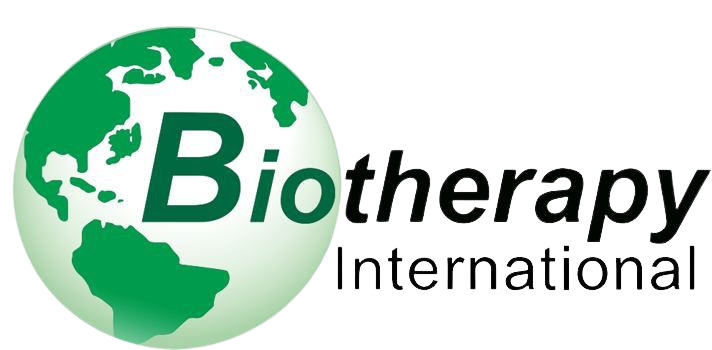Vascular diseases encompass any abnormality in the blood vessels around the body. Whenever arteries or veins become damaged, inflamed or obstructed, the body’s supply of oxygen and nutrients becomes jeopardized.
Types of Vascular Disorders
The simplest way to classify vascular disorders is as chronic or acute.
Chronic vascular disorders provoke long-term, sustained inflammation of arteries and veins. Many of these are related to lifestyle factors, which in turn set off an inflammatory process that causes progressive damage.
Some of the most common chronic vascular disorders include atherosclerosis, carotid artery disease, deep vein thrombosis, limb ischemia or chronic venous insufficiency. If left unchecked, these disorders usually set off an acute vascular attack.
Acute vascular disorders can happen from congenital defects or from the accumulated damage caused but chronic conditions. They occur when a blood vessel is abruptly blocked, jeopardizing blood supply to an organ or region. Most types of aneurysms, as well as acute ischemic attacks, pulmonary embolisms, and strokes are classified as acute vascular disorders.
Symptoms of Vascular Disorders
Chronic vascular disorders such as carotid artery disease or limb ischemia are often treated as “silent killers”, because they often produce little to no symptoms for years. When they do produce noticeable symptoms (such as mild numbness, shortness of breath, or leg pain (like in limb ischemia), these tend to be non-specific. Diagnosis usually follows blood testing, prompted by abnormal clinical signs.
Acute vascular disorders, on the other hand, present rapidly and abruptly. Symptoms will vary according to the affected region. They may include:
- Abrupt pain
- Severe difficulty breathing
- Loss of consciousness
- Difficulty talking or sudden loss of movement
Traditional Treatment of Vascular Disorders
Chronic vascular disorders are usually treated with a combination of lifestyle changes, meant to lower inflammation processes, and medication. Pharmaceutical options often focus on preventing the formation of clots or obstructions, and may include anti-hypertensive agents or blood thinners.
Acute vascular diseases usually require emergency surgery. Any delays in treatment increase the likelihood of suffering damage to peripheral organs or nerve endings. Depending on the type and the extent of the damage caused during the aneurysm or stroke, this may be followed by long periods of rehabilitation.
Treatments with Mesenchymal Stem Cells for Vascular Disorders
At Biotherapy International, the potential of using Mesenchymal Stem Cells (MSCs) has been tested in relation to reversing the damage of chronic limb ischemia, and of regenerating brain tissue following a stroke.
For chronic limb ischemia, MSC-based treatment can reverse the secondary inflammatory changes that would otherwise result in chronic pain or amputation. This treatment may also work against the immune-mediated atherosclerosis process, and it may improve vascularization due to its anti-inflammatory effects. Finally, it may be possible to facilitate the formation of blood vessels thanks to targeted MSCs.
For recovering stroke patients, MSCs can regenerate or replace the damaged parts of the brain that were left without a blood supply. This is because MSCs can be differentiated into different types of cells, including those in different parts of the brain. They can also prevent or minimize the development of secondary fibrosis and support the formation of new blood vessels.
The most promising use of MSCs among stroke patients involves combining with hyperbaric oxygen treatment. Using MSCs enriched ex-vivo to attempt to replicate brain tissue is still unfeasible due to regulatory restrictions. However, MSCs can be differentiated in vitro and turned into myelin-producing oligodendrocytes or dopamine-producing neurons. Under the same principle, it makes sense to support pilot studies that use a patient’s own MSCs to treat stroke-related brain damage.

